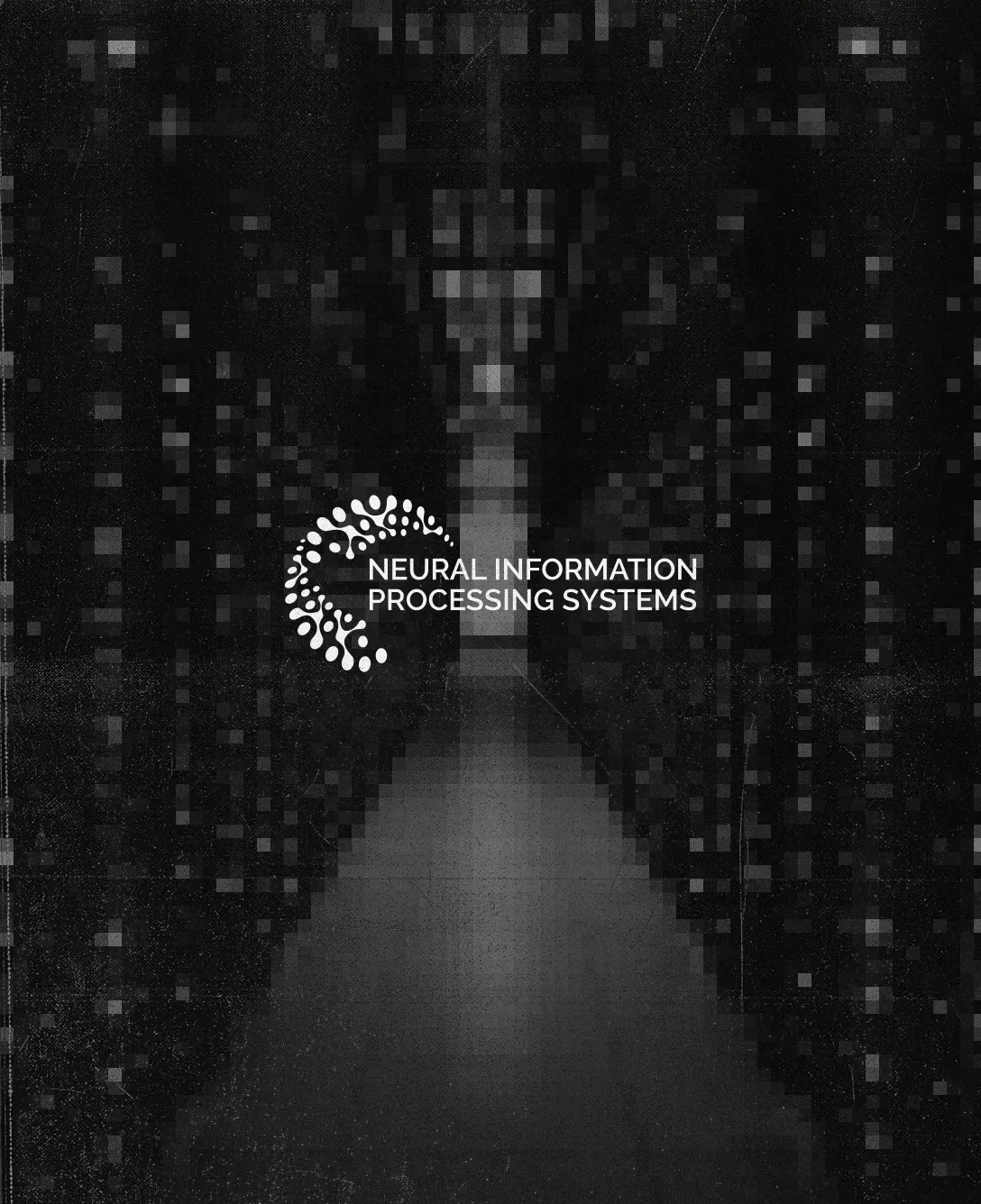
What are SAFEs and convertible notes, and how do they differ?
SAFEs and Convertible Notes are very similar in both process and function. But, they have a couple key differences that are worth knowing about. So, here’s a quick primer on what SAFEs and Notes are, and how they differ:
SAFEs and Notes, and Their Major Terms
SAFEs and Convertible Notes are both contracts that allow investors to invest money in the company in exchange for the company’s obligation to later convert those investment dollars into company stock at pre-specified terms. The major terms of both SAFEs and Notes are:
Total Round Size: This is the total amount you expect to raise in the financing round. Investors will often ask to include a specific reference in the docs to the maximum amount you’ll raise in the round.
Conversion Terms: SAFEs and Notes will convert into stock of your company upon a “trigger event” (typically, your first equity financing). The two terms that largely govern the price at which SAFEs/Notes will convert into shares are Valuation Cap and Discount. A SAFE or Note can include either a valuation cap or a discount, or both.
Valuation Cap: This can be a difficult term to conceptualize without modeling it out - so model it out! (Ask your lawyers for a sample model to ease this process). At a basic level, the valuation cap is the maximum company valuation that you’d use to calculate how many shares the SAFE converts into - regardless of the company’s actual valuation at the time of conversion.
- For example, if a SAFE had a post-money valuation cap of $10 million and the actual post-money valuation of your next equity round was $20 million, the SAFE investment would be converted into a number of shares based on a calculation using the $10 million maximum valuation instead of the higher $20 million valuation number. This would result in the SAFE investor getting to “pay” a lower price for their shares, which means more ownership. We won’t get into the details of this calculation here, but we promise that modeling it out will help a ton!
Discount: A discount rate is pretty straightforward; it’s the discount that holders of a SAFE or Note get on the price per share that your next equity round investors pay.
- An example would explain best here: Say you have a $1,000,000 Note with a 20% Discount Rate, and the price per share in your next equity financing (for the new investors) is $1.00. The Noteholder would only “pay” $0.80 per share because of their discount, so the Note would convert into 1,250,000 shares (the $1M investment divided $0.80 per share). If there were no discount, the Note would only convert into 1,000,000 shares ($1M divided $1.00 per share).
Company Sale Premium: Both SAFEs and Notes will include a provision addressing how they’re treated if the company is sold before they’ve converted into stock. This provision isn’t very important in early rounds, since it’s unlikely that the company will sell before an equity round (and therefore conversion) has occurred. So, in early SAFE/Note rounds, this provision typically just says that the SAFE/Note will be repaid 1x its initial investment amount if the company sells before it has converted into stock - i.e. the investors will just be made whole and move on. In later rounds of Notes or SAFEs, the sale provision - sometimes called a “change of control” provision - is more important. Often, in these situations, you’ll see “sale premiums”; for example, in a sale, the SAFE is repaid 1.5x or 2x its investment amount. The sale premium is negotiated between the company and its investors, and is highly dependent on context.
Convertible Notes used to require more paperwork than SAFEs, but in recent years they’ve been streamlined into a single doc, just like SAFEs. So, the amount of documentation and process required for a SAFE round vs. a Note round is basically identical.
Differences Between SAFEs and Notes
There are two additional terms that exist only in Convertible Notes:
Maturity Date: This is a date at which the Note automatically converts into stock of the company, if it hasn’t converted already (e.g. in connection with an equity round). The conversion price at maturity, and what type of stock the Note converts into, is a point of negotiation. Usually, Notes will include a provision that allows the investors to extend the maturity date if they want to, which is good for both the company and the investors.
- Investors like maturity dates, since they provide for some end date where the investors’ money will convert into stock instead of remaining outstanding “in limbo” indefinitely. For this reason, investor preference for Notes over SAFEs heightens as the company ages and the likelihood of a next equity round (which would trigger conversion into stock) decreases.
- Maturity dates are often around 18 months after the initial investment date, but this timeline can vary widely depending on context.
Interest Rate: Notes are required to have interest rates, but investors don’t really care about them; that’s not how they make their money. Therefore, the interest rate is most commonly set at the lowest possible interest rate based on the appropriate AFR (Applicable Federal Rate) at the time.
Both of these terms make Notes look more like typical “debt” than SAFEs do. This doesn’t normally become relevant, but it’s worth having a quick discussion with your counsel about it.
Disclaimer: The content provided in the Amplify Legal Hub is intended for informational purposes only and should not be construed as legal advice. Always consult a qualified legal professional for advice tailored to your specific situation.




